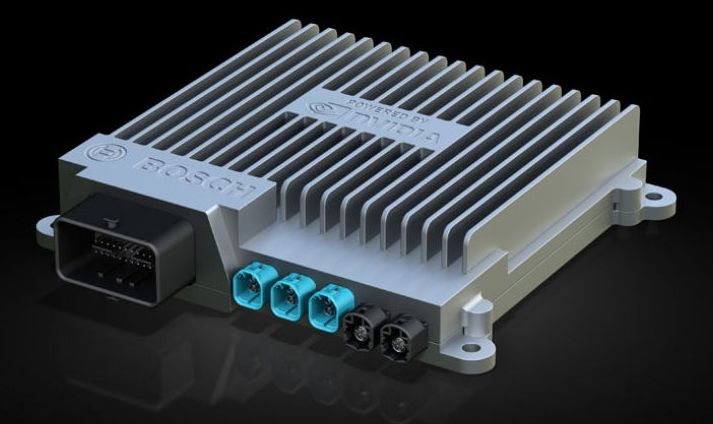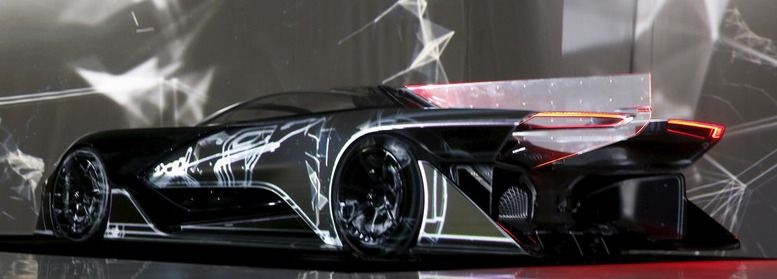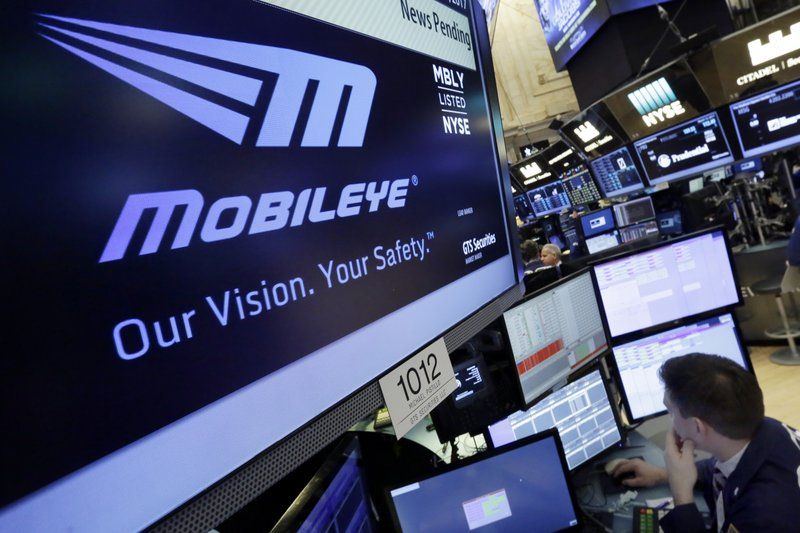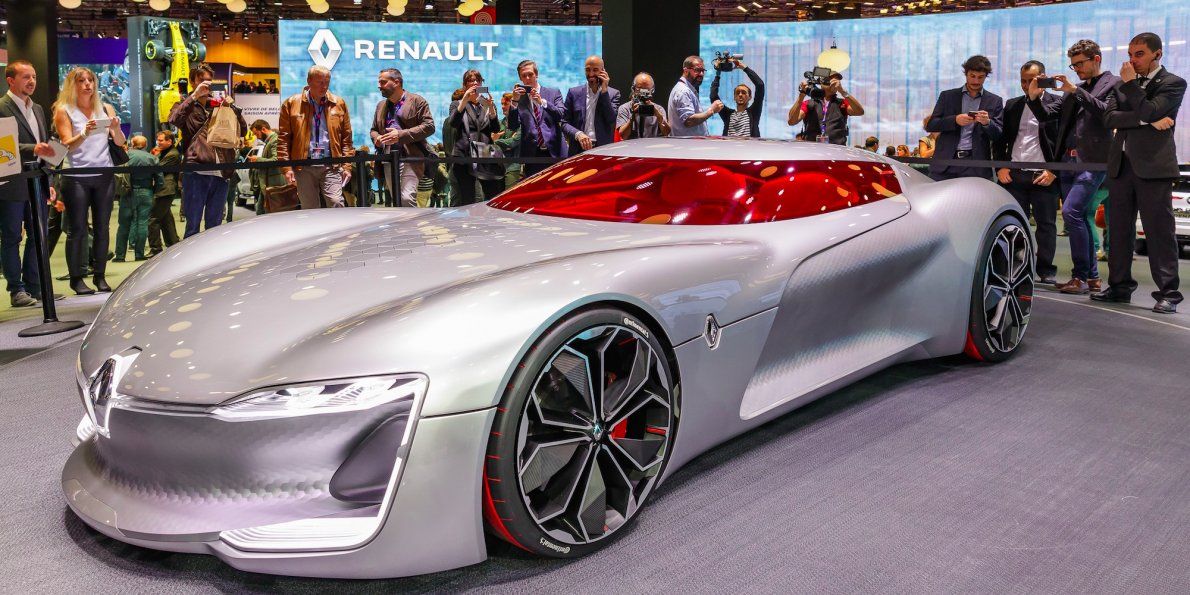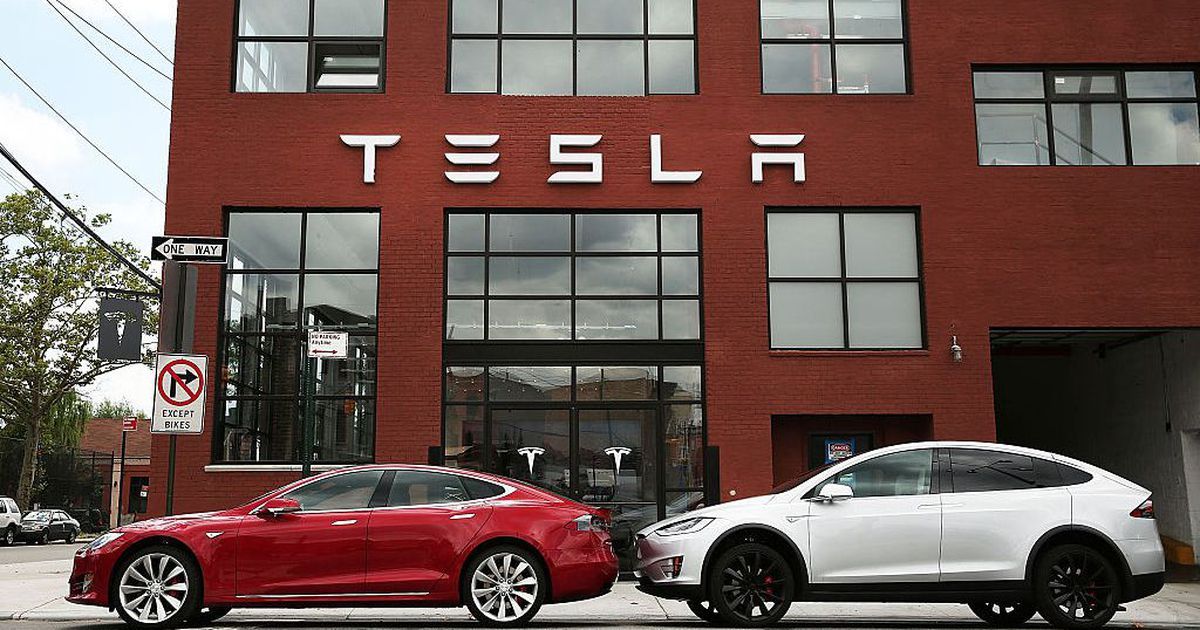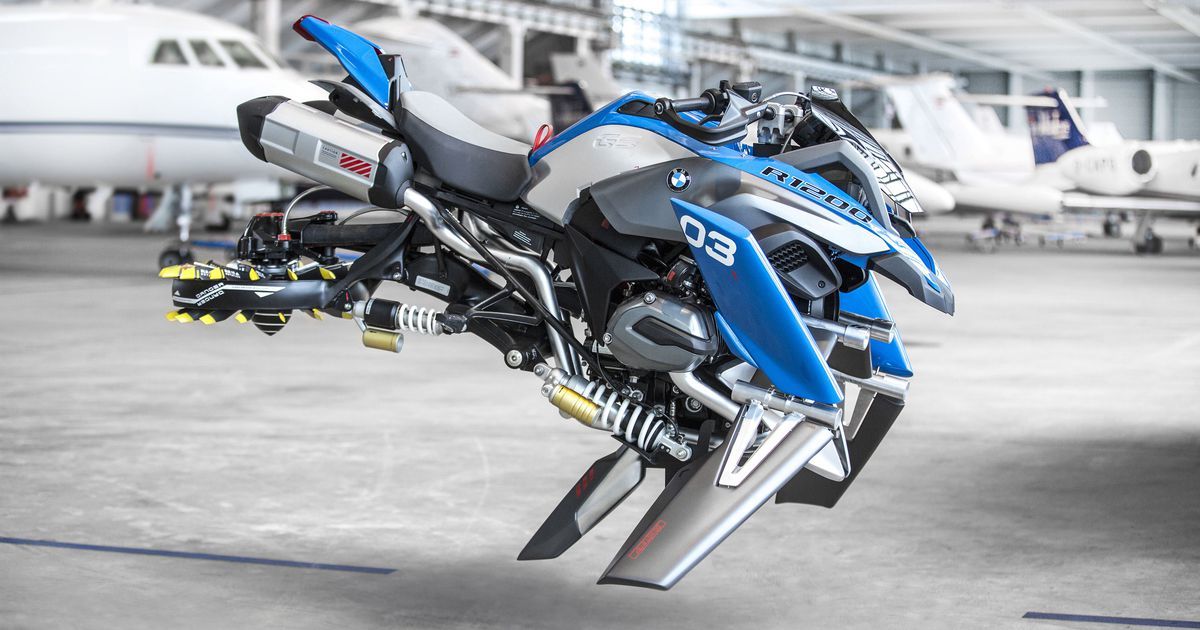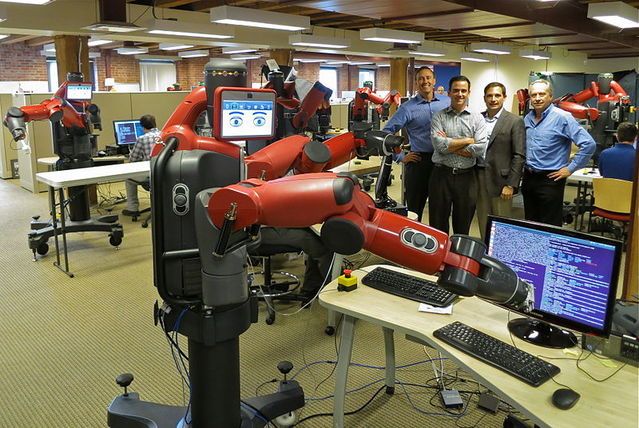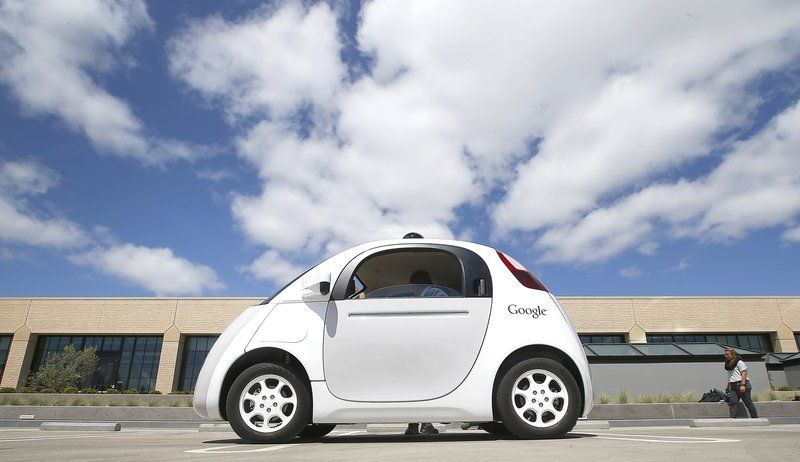NVIDIA lined up quite a few partners at CES this year, including Audi and Mercedes, to use its powerful upcoming Xavier chip in autonomous vehicles. But days ago, Intel bought MobilEye for $15 billion to develop self-driving software and hardware to use across auto brands. To compete, automotive supplier Bosch announced a partnership today with the graphics chip maker to collaborate on an AI-powered self-driving computer intended for mass-market cars.
MobilEye corners about 70 percent of the market to supply integrated cameras, chips and software for advanced driver assistance systems (ADAS). As Bosch directly competes with the company, the NVIDIA partnership is a deeper commitment to continue building their tech in-house. The graphics chip maker introduced its upcoming Xavier processor to power the self-driving systems of tomorrow back at CES, but partnering with the automotive component giant can help get the chip into automakers’ cars at scale. The companies are aiming to release their self-driving computer system in 2020, according to Reuters.
